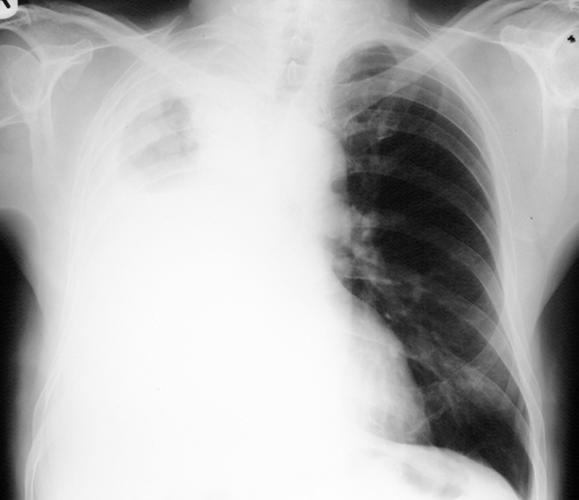Smoking causes over 85% of lung cancers (figure) in men and 70% in women. The incidence has declined over recent years and a paper from the Harvard School of Public Health has now shown that recent lung cancer risk in younger age cohorts in Ireland has declined faster than previously, particularly in males.1 This is good news for patients and given the smoking ban in Northern Ireland introduced on 30th April 2007, this decline should be expected to accelerate further.
Fig 1.

We know that lung cancer is generally not a hereditary disorder as most cases are smoking related, but nicotine addiction is strongly inherited and several genes have now been isolated, including CHRNB3 – the β3 nicotine receptor subunit gene2,3. It is now recognised that gene carriers (and in particular, females) are more sensitive to nicotine and have a lower addictive threshold. This may be a possible reason for the slower decline in lung cancer deaths in females when compared to males, as females find it harder to give up.
What can be done about this? The smoking ban will help4 – standing outside in a drafty and wet environment will encourage giving up. Tax increases on cigarettes will reduce consumption further. Health advice will contribute - General Practitioners (GP's) are practising what they preach in that only 4% of GP's smoke compared to 29% of the population5, and they are taking plenty of exercise and are deemed physically ‘active’. The health of bar workers in the Republic of Ireland has greatly improved since the smoking ban was introduced there in March 2004. Blood carbon monoxide (CO) levels when compared to a year before and after the ban, fell by 79% and salivary cotinine by 81%6. Clearly, the ban has been a success.
Life expectancy will rise further if this trend continues and pension provision will get worse as treasury funds shrink from lack of cigarette advertising and tax revenue. Governments do not like this sort of trend and are perhaps cynically hoping that the rise in obesity - and a soon to follow reduction in life expectancy - will be the salvation of the pension crisis. Even if all smokers quit tomorrow, the downward trend of lung cancer will take time to reach a low level. Respiratory physicians and oncologists should not worry about empty clinics just yet – they will still have to wait until around 2040 before retraining as obesity specialists.
Those of us in most of the British Isles (but not England where the smoking ban is still to come into force) can now enjoy smoke free dining, but do not celebrate by eating too much!
REFERENCES
- 1.Kabir Z, Connolly GN, Clancy L. Recent lung cancer patterns in younger age-cohorts in Ireland. Ulster Med J. 2007;76(2):83–87. [PMC free article] [PubMed] [Google Scholar]
- 2.Bierut LJ, Madden PAF, Breslau N, Johnson EO, Hatsukami D, Pomerleau OF, et al. Novel genes identified in a high-density genome wide association study for nicotine dependence. Hum Mol Genet. 2007;16(1):24–35. doi: 10.1093/hmg/ddl441. [DOI] [PMC free article] [PubMed] [Google Scholar]
- 3.Saccone SF, Hinrichs AL, Saccone NL, Chase GA, Konvicka K, Madden PAF, et al. Cholinergic nicotinic receptor genes implicated in a nicotine dependence association study targeting 348 candidate genes with 3713 SNPs. Hum Mol Genet. 2007;16(1):36–49. doi: 10.1093/hmg/ddl438. [DOI] [PMC free article] [PubMed] [Google Scholar]
- 4.McKee M. A failure of leadership? Why Northern Ireland must introduce a total ban on workplace smoking. Ulster Med J. 2005;74(2):78–80. [PMC free article] [PubMed] [Google Scholar]
- 5.McGrady FP, McGlade KJ, Cupples ME, Tully MA, Hart N, Steele K. Questionnaire study of PHysical activITy in General Practitioners (PHIT GP Study) Ulster Med J. 2007;76(2):91–97. [PMC free article] [PubMed] [Google Scholar]
- 6.Goodman P, Agnew M, McCaffrey M, Paul G, Clancy L. Effects of the Irish smoking ban on respiratory health of bar workers and air quality in Dublin pubs. Am J Respir Crit Care Med. 2007 doi: 10.1164/rccm.200608-1085OC. Jan 4. [Epub ahead of print]. Available from: http://ajrccm.atsjournals.org/cgi/reprint/200608-10850Cv1. Last accessed March 2007. [DOI] [PubMed] [Google Scholar]


